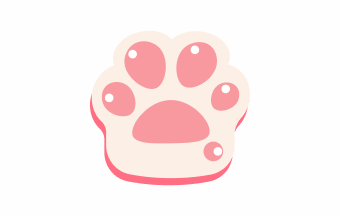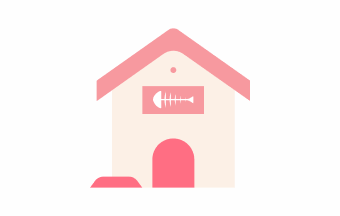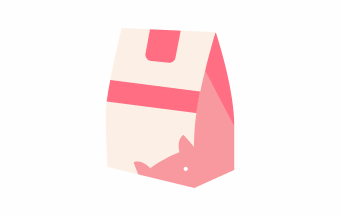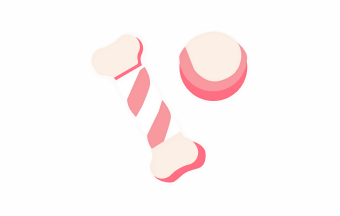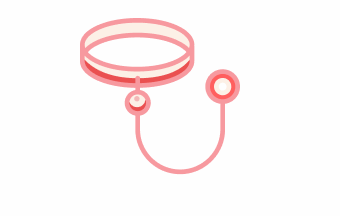When Do Dogs Change Their Teeth?
 December 17, 2023
December 17, 2023
As anyone who owns a dog knows, there comes a time when dogs go through tooth change. So, when do dogs change their teeth? Let's take a look at it.
1. Time
In general, the dog's tooth change period starts from about 3 months after birth and ends at about 6 months. Specifically, the dog's baby teeth will slowly grow in about 3 months, and then gradually start to fall out and replace with new teeth. This process may continue until your dog is about 6 months old, when all the teeth have developed.
2. Symptoms
Dogs may experience some symptoms during tooth change. For example, dogs may bite, especially the hands or feet of their owners. This is because the dog's gums are itchy and need to bite something to relieve the discomfort. In addition, your dog's appetite may be affected, as mouth pain or discomfort may be caused during tooth replacement.
3. How to help
During a dog's tooth change, there are steps owners can take to help their dog through this phase. For example, you can give your dog some soft or wet food to reduce mouth ache. At the same time, you can give your dog some gum or grinding stick to relieve the symptoms of itchy gums. In addition, the owner should also pay attention to maintaining oral hygiene for the dog, and regularly clean the dog's teeth and mouth.
4. Precautions
There are a few things owners need to pay attention to during a dog's tooth change. First of all, you should avoid offering your dog too harsh food or too hard food, so as not to stimulate your dog's gums or damage the new permanent teeth. Second, avoid teasing the dog with your hands or feet to avoid being bitten or infected with bacteria. Finally, if the dog has any abnormal symptoms or discomfort, it is necessary to seek medical attention in time to avoid delay in treatment.
In brief, the dog's tooth change period is an important stage in the dog's growth process, the owner should understand the symptoms and precautions of this stage, and take measures to help the dog through this stage.
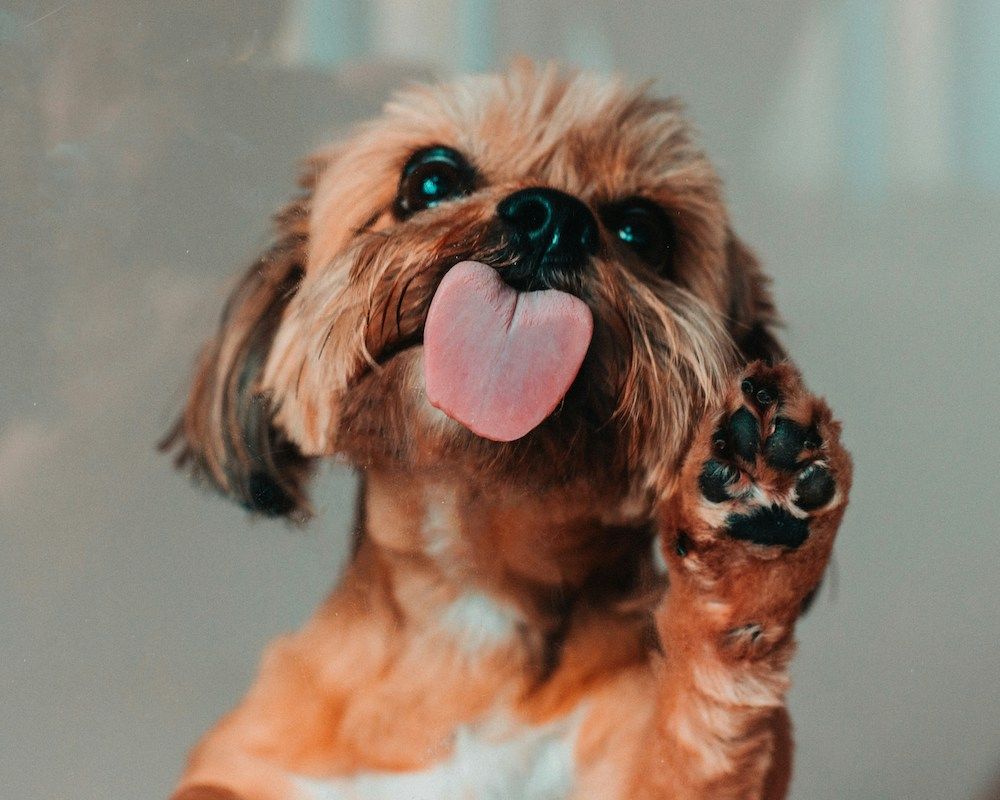
What Should I Pay Attention to When Grooming My Dog


The Key to Successful Pet Sales: Effective Pet Marketing Strategies


The Benefits of Pet Can Milk: Provide Comprehensive Nutritional Security for Your Pet


What Does the Ragdoll Cat Like to Eat


Are Maine Coon Cats Easy to Keep

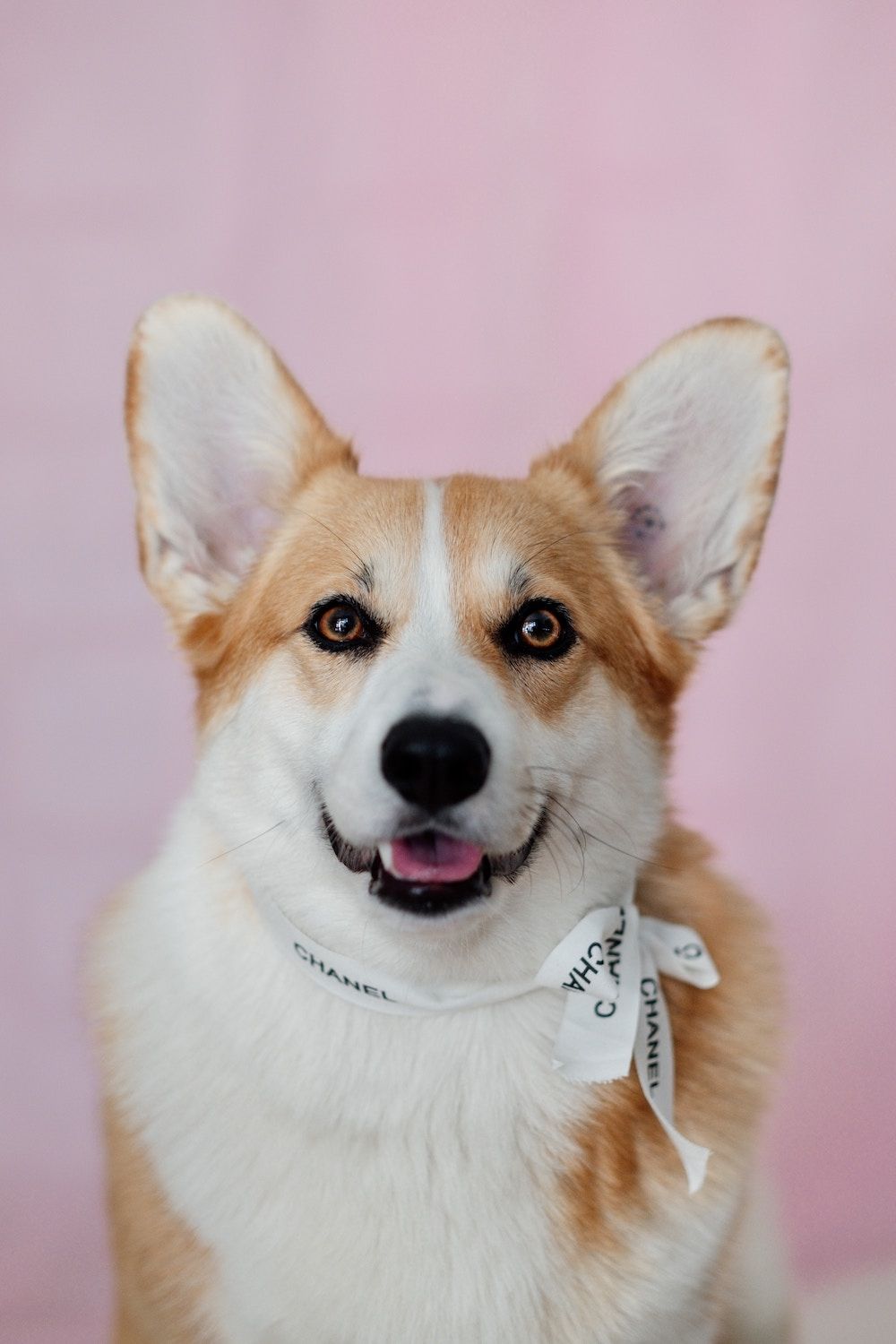
Chinese Pet Goldfish Invade North America

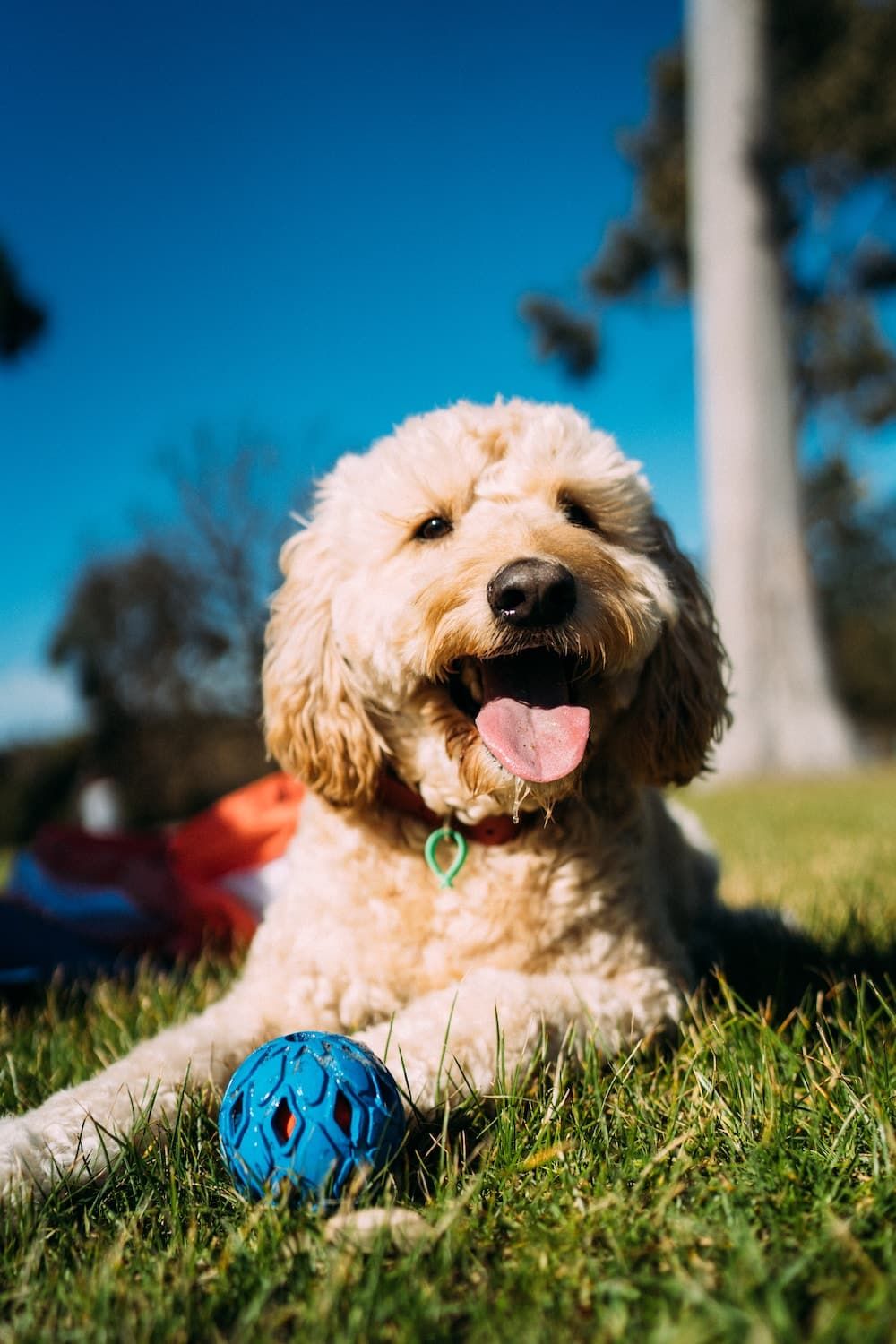
A Seven-year-old Chinese Dog Has Won a Competition to Be the World's Ugliest Dog

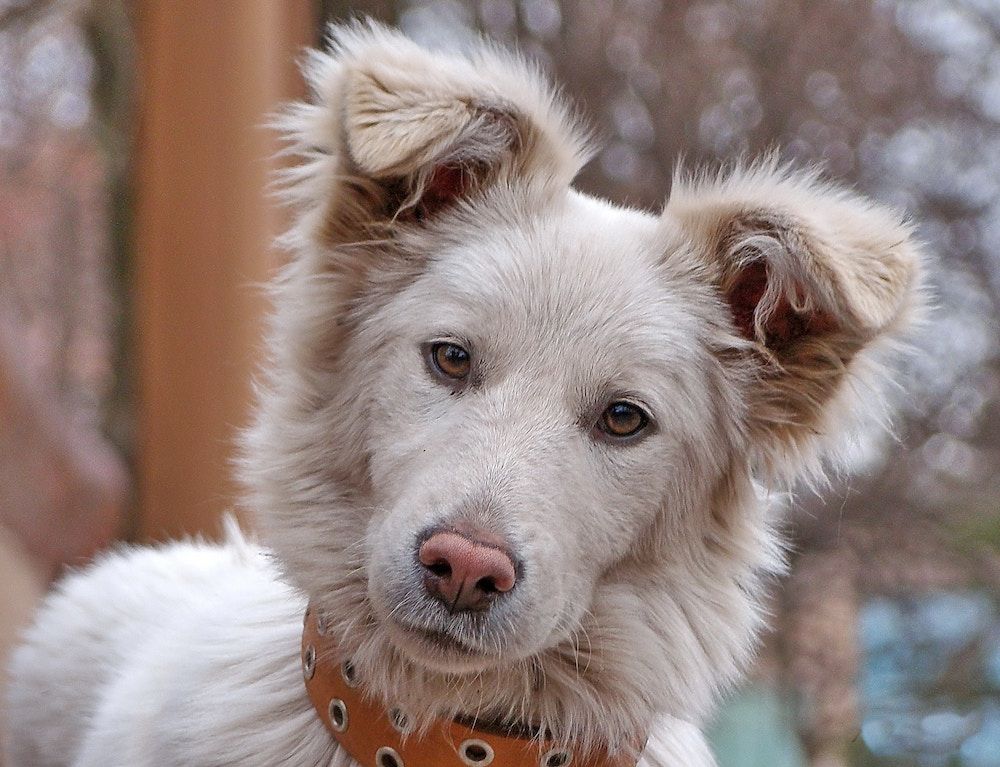
Russia's 18-year-old Pet Dog Came Back to Life





